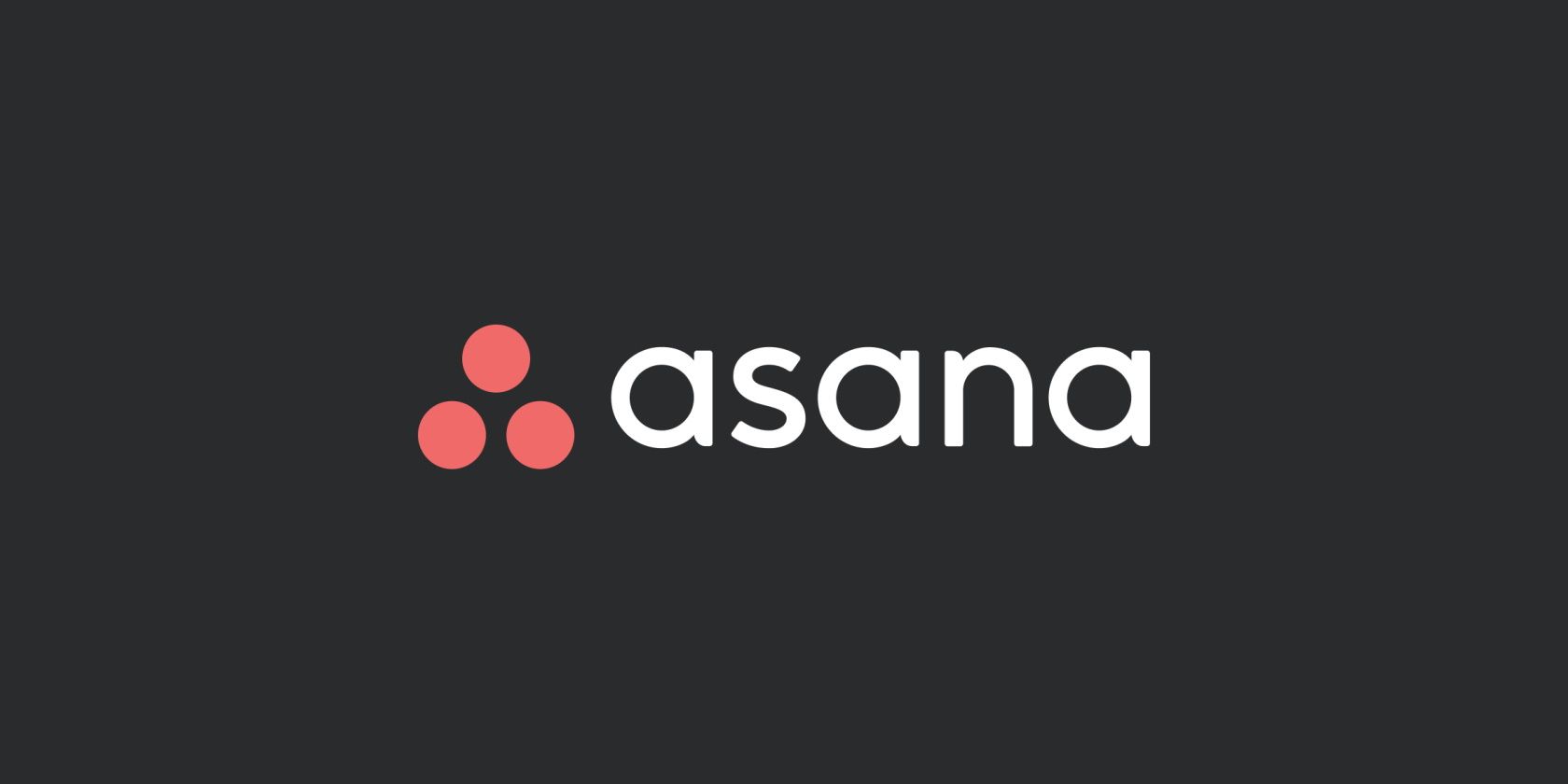The Skill Will matrix is a productivity engagement tool that assesses the skill level and the willingness of a person to do a task. In a four-quadrant matrix, individuals are classified as high skill—high will, high skill—low will, low skill—high will, or low skill—low will.
Assessing and Managing Individuals Using the Skill Will Matrix
Quadrant 1: High Skill—High Will
Individuals in this section have both the skill and motivation to perform a task. These individuals are experienced and are usually looking for opportunities to expand and grow. When working with this individual, assign tasks to him, challenge him, and give him decision-making responsibilities.
Quadrant 2: High Skill—Low Will
The person in the quadrant has the expertise, but no motivation to work. They usually have reached a plateau, and need a new challenge. With this person, you have to motivate and incentivize them.
Quadrant 3: Low Skill—High Will
The individual has a high will but no skills to complete a task. They might be a new team member, and it would be best to guide them. Give them training, set expectations for each task, give feedback, and reward them when they do a good job.
Quadrant 4: Low Skill—Low Will
The person has neither the skills nor the will to do the task. It may be a beginner with low skills, low confidence, and is afraid to fail. With this person, you have to find ways to build their skills and confidence.
How to Implement the Skill Will Matrix
Asana
Asana is a work management software that helps you manage projects. It breaks down your projects into tasks, subtasks, and factors dependencies of the tasks. To assign tasks on Asana, you can use the skill will matrix.
To do this, place the high skill—high will team members in leadership roles of the project. The high skill—low will team members assign them tasks that they can do. It minimizes the possible risk to themselves or your project.
For the low skill—high will team members, assign them subtasks for quick wins. Make sure to check in frequently with them and then relax as they gain competence in doing the subtasks. Lastly, for the low skill—low will members, explain to them why a task is important and why they are the best suited for it before assigning them a task or subtask.
Improve Your Productivity With the Skill Will Matrix
Getting the most out of your team members can be challenging at times. However, with the skill will matrix, you can play to each person's strengths and have your team winning.


